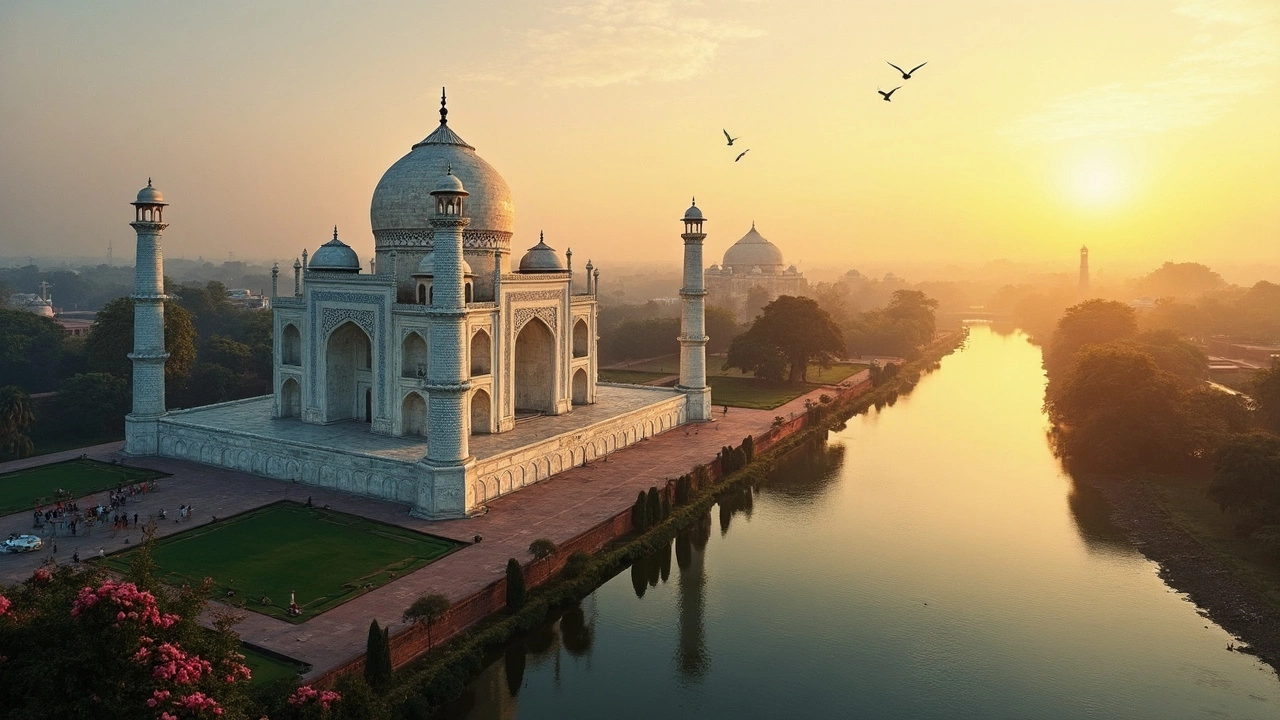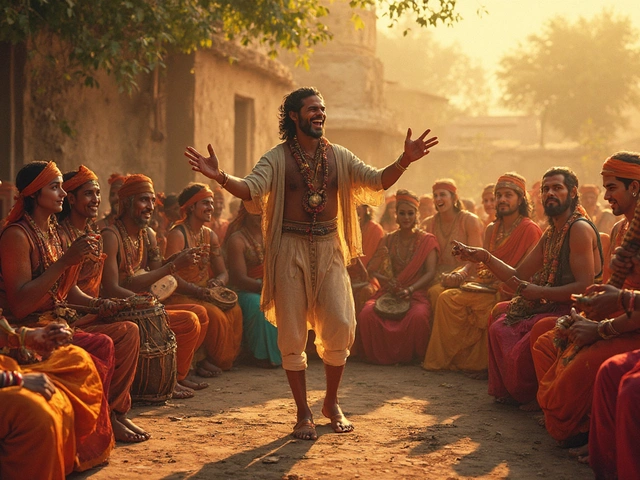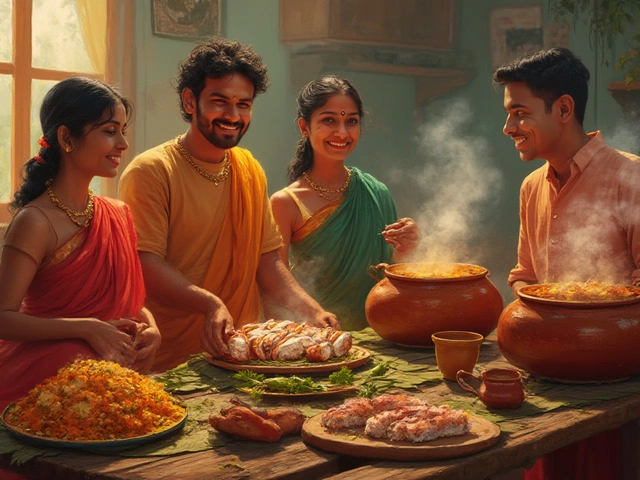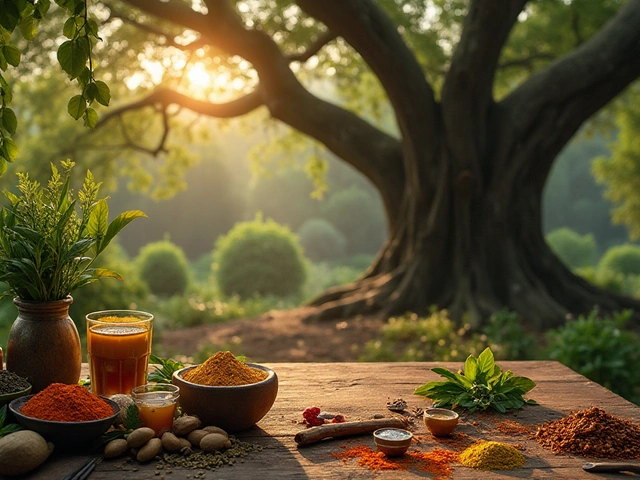Famous Tombs of India: Icons of History, Faith, and Architecture
When you think of famous tombs, monuments built to honor the dead with grandeur, artistry, and spiritual meaning. Also known as imperial mausoleums, these structures are more than burial sites—they’re cultural landmarks that shaped India’s architectural identity. India’s most famous tombs aren’t just stone and marble. They’re frozen moments of emotion, power, and belief. The Taj Mahal, a white marble mausoleum built by Emperor Shah Jahan for his wife Mumtaz Mahal isn’t just a tourist spot—it’s the world’s most famous symbol of love. It draws millions not just for its symmetry, but because it carries a story that feels human, even after 400 years.
But the Taj Mahal didn’t appear out of nowhere. It was built on the foundation of earlier Mughal tomb designs, like the Humayun’s Tomb, the first garden tomb in India and the prototype for the Taj. Built in the 1570s, it introduced the charbagh layout—four-part gardens divided by water channels—that became standard for royal tombs. These tombs weren’t just about memory; they were statements of divine right, cosmic order, and artistic mastery. You’ll find Persian influences, Indian craftsmanship, and Islamic geometry all woven together. Even today, these tombs influence how Indians think about death, memory, and beauty.
There’s more than just the Taj and Humayun’s Tomb. India’s famous tombs include the grand Safdarjung’s Tomb, a late Mughal structure in Delhi that shows the empire’s declining power through its ornate but less refined design, and the hidden gem of Adham Khan’s Tomb, a massive red sandstone structure built for a rebellious nobleman whose life ended in violence. Each one tells a different kind of story—some of devotion, others of betrayal, ambition, or loss. You’ll also find tombs tied to Sufi saints, where people still leave flowers and prayers, turning burial grounds into living places of peace.
These aren’t relics locked behind ropes. They’re part of India’s living culture. Locals walk through their courtyards, children play near their fountains, and artists sketch their arches. The famous tombs of India don’t just survive—they breathe. What you’ll find in the posts below are deep dives into these monuments: their hidden details, the people buried inside, the myths around them, and why they still matter today. Whether you’re planning a trip or just curious about history, these stories will show you how death, in India, became one of the most beautiful forms of art.





